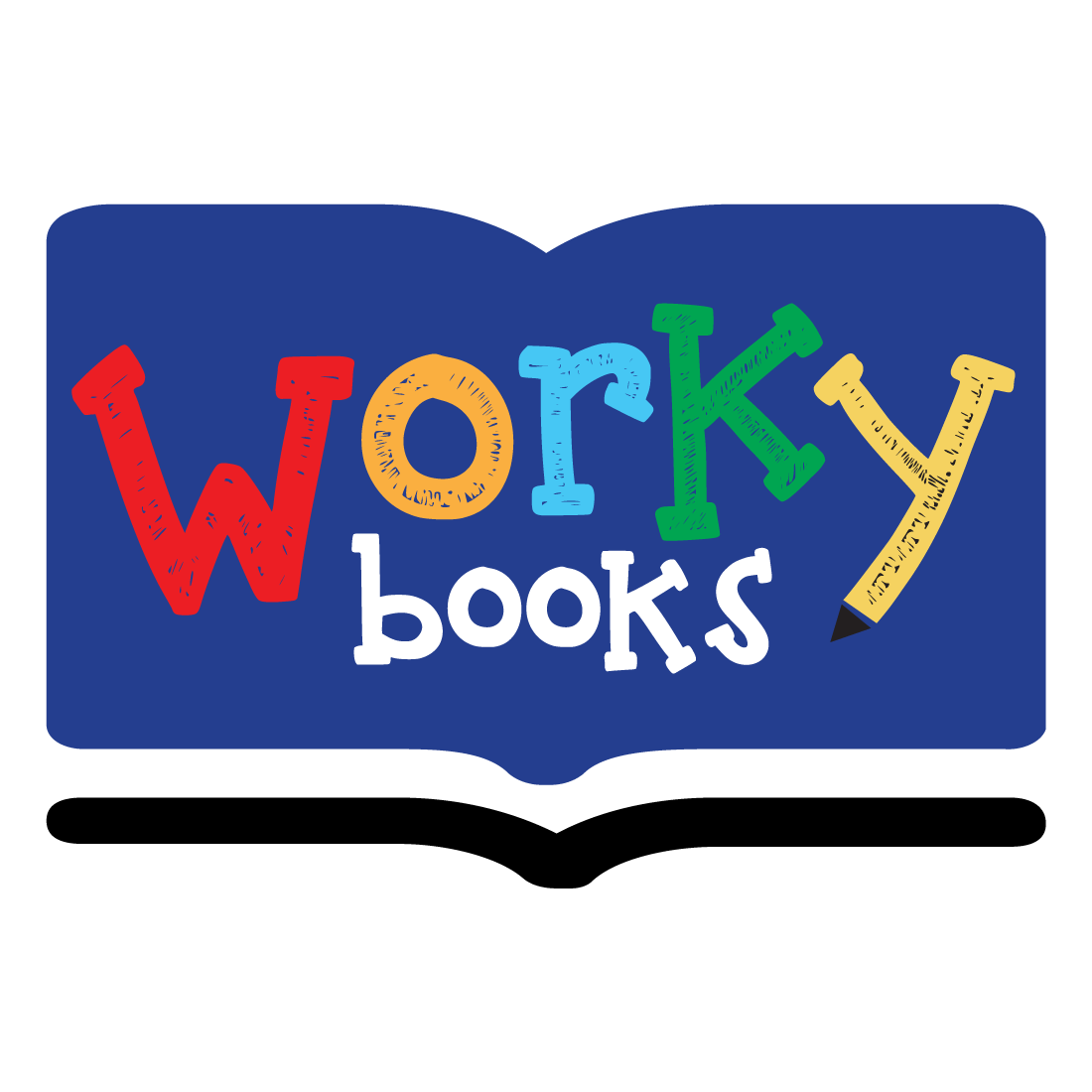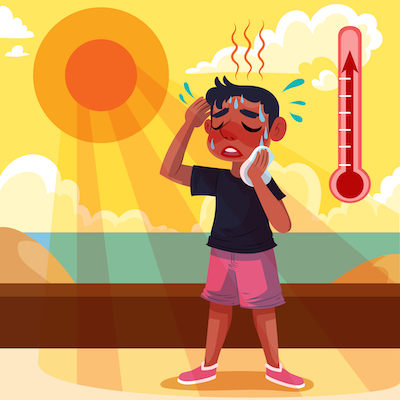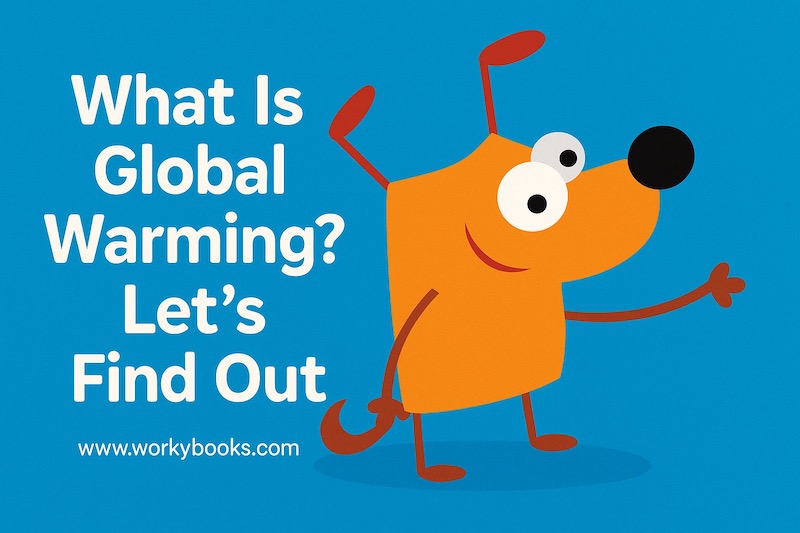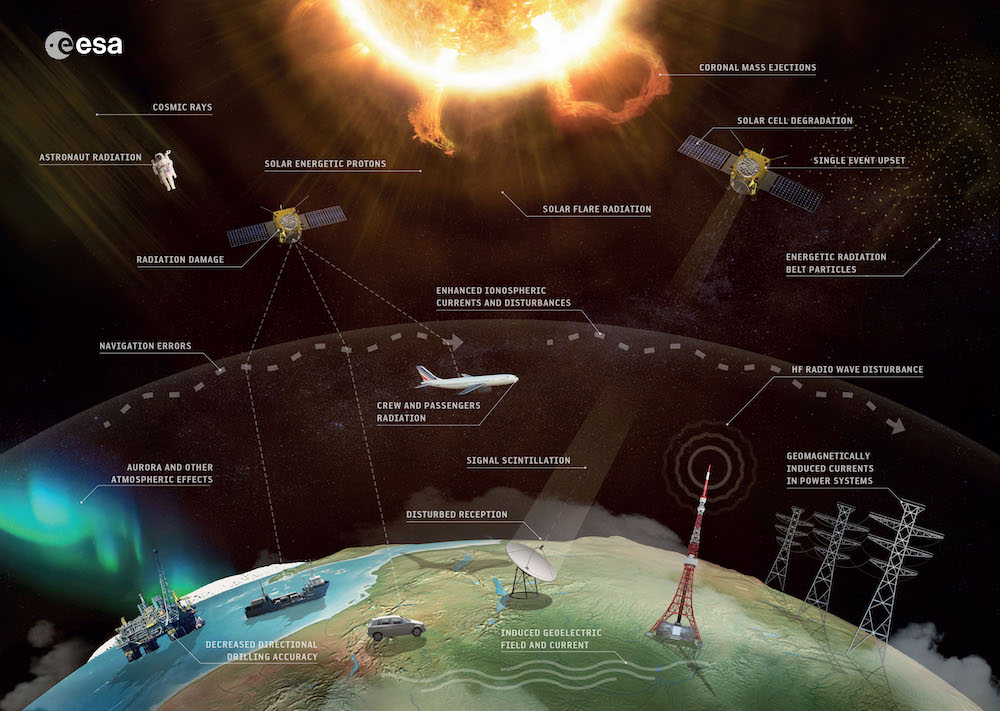Types of Clouds for Kids
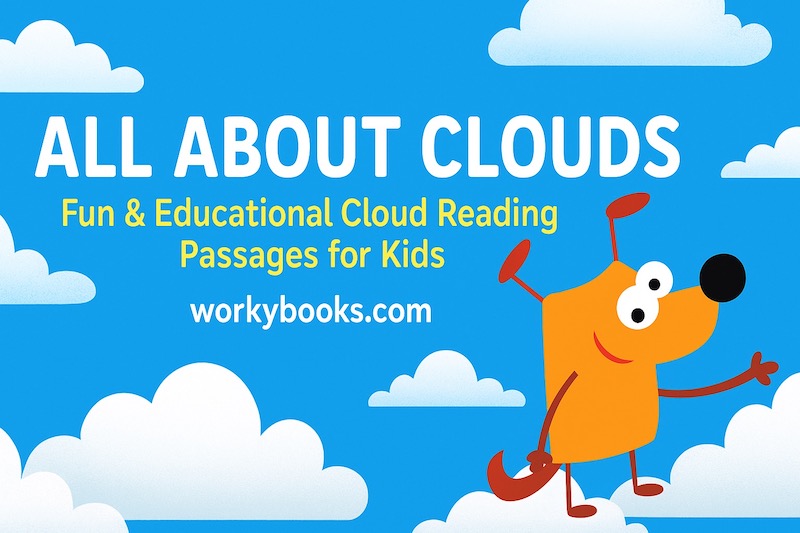
Looking up at the sky, you’ve probably noticed that clouds come in many different shapes and sizes. Understanding the various types of clouds can help you predict weather changes, appreciate nature’s artistry, and satisfy your curiosity about the world above us. Whether you’re a parent teaching children or simply someone fascinated by meteorology, this comprehensive guide will help you identify and understand different types of clouds.
Each passage in this Clouds series features clear explanations, vivid visuals, and interactive activities—including multiple-choice questions, vocabulary practice, and short-answer prompts. Perfect for science centers, weather units, or independent work!
🌤️ 1. What Are Clouds?
Start with the basics! This passage explains how clouds form from tiny water droplets or ice crystals when warm, moist air rises and cools. Kids learn about condensation, cloud height, and why clouds float instead of falling!
💡 Great for introducing key concepts like vapor, condensation, and the atmosphere.
🌬️ 2. Why Do Clouds Float in the Sky?
Clouds are made of water—so why don’t they fall? This passage explores how air pressure, tiny droplet size, and rising warm air help keep clouds suspended above us. A perfect example of science in everyday life!
💡 Connects weather phenomena with invisible forces like buoyancy and convection.
🌧️ 3. Why Do Clouds Turn Grey?
This passage explains why clouds change from bright white to dark grey, especially before it rains. Kids will learn about light scattering, cloud thickness, and how cloud color can help us predict the weather.
💡 A great way to connect visual observation with scientific explanation!
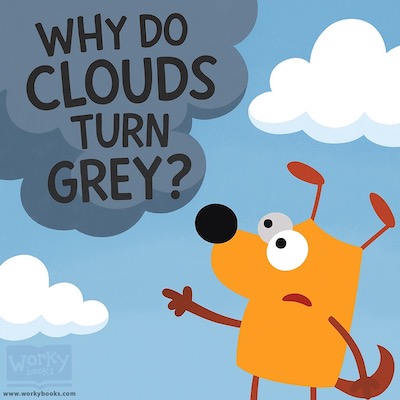
☁️ 4. Why Are Clouds White?
A simple yet fascinating explanation of how clouds reflect all the colors of sunlight. Students learn why we usually see clouds as white, and how sunlight scattering changes with cloud depth and angle.
💡 Pairs well with lessons on light and the visible spectrum.
💧 5. What Are Clouds Made Of?
This passage reinforces that clouds are made of water droplets or ice, not cotton! It also describes how clouds can grow, become heavy, and produce precipitation like rain, snow, or hail.
💡 Excellent support for NGSS units on the water cycle and Earth systems.
❄️6. The 4 Types of Clouds: Main Categories
Meteorologists classify clouds into 4 types of clouds based on their appearance and altitude. These main categories help us understand the basic types of clouds that exist in our atmosphere:
i. Cumulus Clouds – The Puffy Cotton Balls
Cumulus clouds are perhaps the most recognizable among all cloud types. These fluffy, white clouds look like cotton balls floating in the sky. They typically form on sunny days when warm air rises from the ground. Cumulus clouds usually indicate fair weather, making them a favorite sight for outdoor activities.
ii. Stratus Clouds – The Gray Blankets
Stratus clouds form in flat, gray layers that often cover the entire sky like a blanket. These types of clouds create overcast conditions and can produce light rain or drizzle. When you see a gray, uniform sky with no distinct cloud shapes, you’re looking at stratus cloud formations.
iii. Cirrus Clouds – The Wispy Streaks
High up in the sky, cirrus clouds appear as thin, wispy streaks that look like they’ve been painted with a delicate brush. These different types of clouds are made entirely of ice crystals and often indicate that weather changes are coming within the next 24 hours.
iv. Nimbus Clouds – The Rain Makers
Nimbus clouds are the rain-bearing cloud types that bring precipitation. The word “nimbus” means rain cloud in Latin. These clouds can combine with other types, creating cumulonimbus (thunderstorm clouds) or nimbostratus (steady rain clouds).
❄️ 7. What Are Cirrus Clouds Made Of?
Perfect for high-altitude exploration! This passage teaches about cirrus clouds, which form high in the sky from ice crystals and often signal a change in the weather. Kids also learn how wind shapes these wispy formations.
💡 A great tie-in with lessons on weather forecasting and air layers.
🌫️ 7. What Are Nimbostratus Clouds Made Of?
These thick, dark clouds bring steady rain or snow. Students learn how they form, what they’re made of, and how they differ from thunderstorm clouds. Bonus: Latin roots like “nimbus” and “stratus” help build science vocabulary!
💡 Supports ELA + science crossover with vocabulary and weather observation.
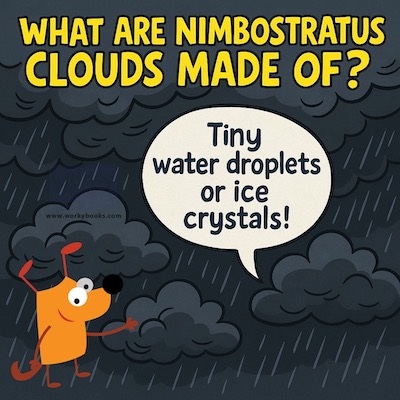
Whether you’re building a full weather unit or just want high-quality nonfiction passages for science literacy, this teaching resource on Clouds offers everything you need. These resources help students observe the sky—and understand what they’re really seeing up there!
👉 Explore the full set of NGSS-aligned Earth System’s passages now and help your students become science thinkers!
